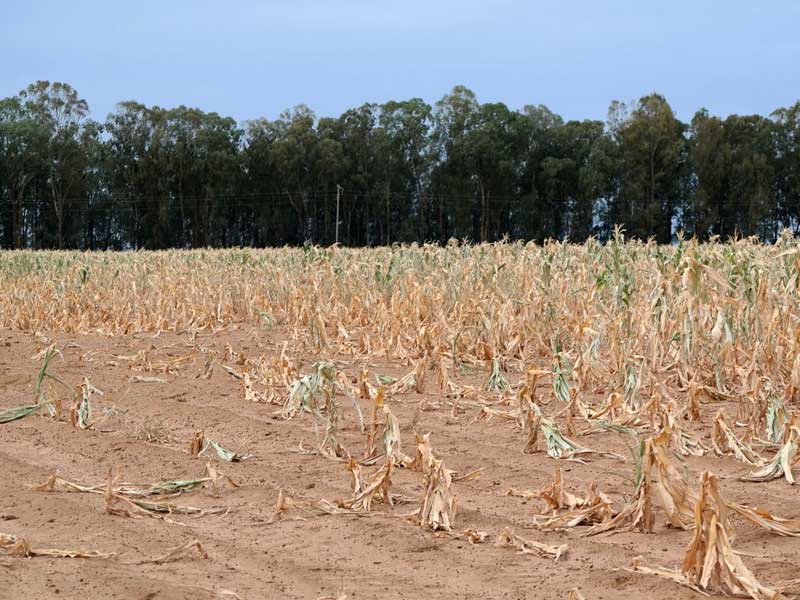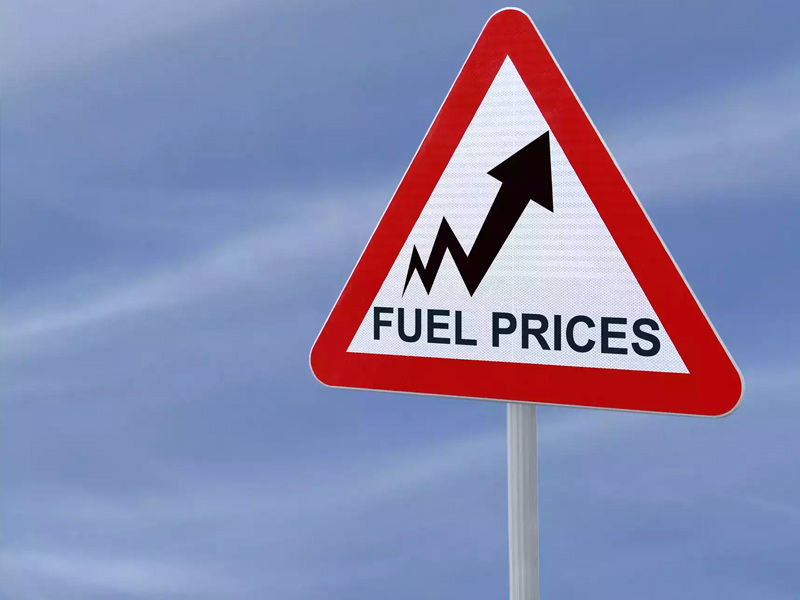To control domestic price inflation, top rice exporter India this week restricted some exports of the product, a staple for roughly half of the world’s population. An arrangement that allowed Ukrainian grain to safely traverse the Black Sea was broken by Russia.
Crop harvests, fruit production, and dairy output are all under threat as scorching temperatures decimate farms from the US to China. The world is once again facing a growing number of hazards to food resources, including this harsh weather.
The current arrival of the El Nio weather pattern is another factor that could severely harm agriculture.
All of this is reviving worries about food security and cost, raising the possibility that the extreme inflation on grocery store shelves will last longer. That would come as a fresh blow to consumers, who had only recently begun to hear some good news following a protracted pressure on household budgets.
Tim Benton, a food security specialist at Chatham House in London, stated that “we’re all still struggling under an inflationary regime.” Of course, just because inflation is slowing down does not indicate that prices are falling. It indicates that they are simply rising more slowly.

It’s been a difficult year for farmers, and the unprecedented heat that is sweeping large portions of Asia, Europe, and North America is only the latest obstacle. They have struggled with periods of extreme weather, such as protracted droughts, a lot of rain, and floods.
Southern Europe is currently experiencing such extreme heat that tomatoes are rotting and cows are generating less milk. After battling drought, grain yields will also be substantially smaller.
Before the Midwest received some help from rain in June, crop conditions in the US were at their worst in more than three decades, and yields from China’s rice fields are at risk in Asia. In Asia, rice prices recently climbed to a two-year high as importers accumulated supplies.
While the duration of the unfavorable conditions will determine the entire amount of the damage, there are already obvious signs of destruction in fruit and vegetables in southern Europe, which provides a large portion of the continent.
Some tomatoes in Sicily have menacing-appearing black rings that are the result of a condition known as blossom end rot, which happens when harsh weather causes plants to lack calcium.
After receiving a snapshot from a grower, Paddy Plunkett, head of global sourcing at importer Natoora, commented, “They’re like burnt on the bottom.” “I’ve never seen it before,” you say.
Also Read Rice export restrictions: Why India is so important ?
According to the farmers’ association Coldiretti, weather-related losses to agriculture in Italy will surpass the $6.7 billion in losses from the previous year.
Everything from grapes to melons, apricots, and aubergines has suffered heat burns or accelerated ripening as a result of the temperatures. Wheat yield has decreased and bee activity and pollination have been hampered, it claimed.
According to Coldiretti’s agronomic Lorenzo Bazzana, “This is not just a typical hot summer.” They claim that plants should adapt to climate change, but as cultures have developed slowly over thousands of years, they are unable to do so in the face of such rapid and dramatic climatic change.
The good news is that the grains market, which is essential to the food security of the world’s poorest and most import-dependent countries, is still adequately supplied as a result of Brazil’s record-breaking soy and corn harvests. Russia, a major supplier of wheat, is expecting another big crop.
However, doubts are increasing. Wheat fluctuated during the week in response to a swarm of news from the Black Sea, providing an ideal analogy.
It increased when the export agreement fell through, fell back after that, then jumped once again when Russia threatened ships heading to Ukrainian ports. It decreased on Friday as Ukraine pushed to revive the export agreement.

More worries are raised by India’s efforts to limit inflation by outlawing the export of non-basmati white rice.
According to data from the food ministry, retail rice prices in Delhi have increased by around 15% this year, while the average price across the country has increased by 9%. Nomura Holdings Inc. cautioned that the government might expand the limits to cover other types of rice.
Thailand is requesting farmers to produce just one crop of rice this year due to the risk of a drought elsewhere in Asia. High temperatures in China will probably induce early crop ripening, reducing yields. State television reported that President Xi Jinping called for increased efforts to ensure grain security on Thursday.
Similar strains are seen in some areas of the US.
The Midwest is expected to experience a change in weather next week and into early August, just as corn and soybean crops are going through crucial development stages, according to Arlan Suderman, chief commodities economist at brokerage StoneX. Rainfall levels have improved following hot and dry conditions earlier this year.
The Department of Agriculture predicts that durum wheat output will be down 16% this year, while other spring types will be down 1%. When crop scouts enter the fields for the annual spring wheat tour in North Dakota next week, the market will know just how awful the situation is.
Transportation issues may exacerbate food security concerns. Water levels on the Mississippi and Ohio rivers are falling for the second year in a row, heightening the risk of transportation issues on vital freight routes.
“I would be surprised if the prices of food worldwide do not start increasing again after over a year of decreasing,” said Caitlin Welsh, a food analyst at the Center for International and Strategic Studies in Washington. “There are numerous threats to agriculture markets.”
According to farm lobby Copa and Cogeca, droughts in Europe have caused grain production in Italy, Spain, and Portugal to be up to 60% lower than the previous year. This might result in the EU’s worst grain harvest in 15 years.
The scenario is described as “extremely worrying.”
“Prices are always stickier down than up,” declared Tom Halverson, CEO of CoBank, a cooperative bank that works with rural companies across the US. “It’s much harder and takes a lot longer to squeeze inflation out.

























